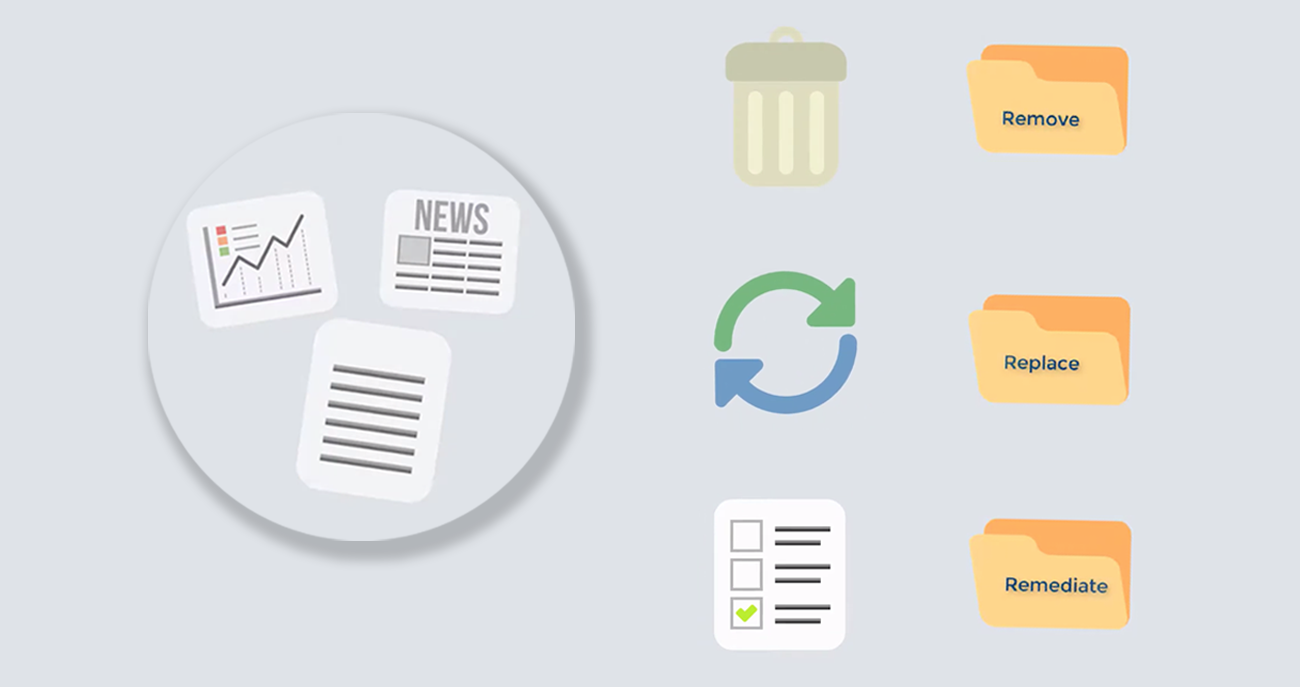
We share documents on the web (or through email, Google Drive, etc.) for a variety of reasons. It’s easy, fast, and everyone has a computer. But what if some people can’t read a document on your website because they use assistive technology?
If documents are not created and shared with accessibility in mind, you may introduce barriers for people with different abilities.
For this reason, you should always plan to provide content in an accessible manner. This often means adding content directly to a web page instead of (or in addition to) sharing content as a PDF document.
According to the Nielsen Norman Group, “Forcing users to browse PDF files makes usability approximately 300% worse compared to HTML pages. Only use PDF for documents that users are likely to print. In those cases, following […] basic guidelines will minimize usability problems.”
Three Steps to Document Accessibility
To ensure all documents published on Boise State websites are accessible, we suggest the following:
- Inventory the documents on your website.
- Remediate or replace inaccessible documents.
- Create a plan for future document accessibility.
Document Inventory
We use the Siteimprove system to to determine what documents are currently published on Boise State websites.
Siteimprove provides a Quality Assurance Module and Accessibility Module for you to locate, view, and download PDF documents currently published on your site.
Information about how to use these modules to inventory your website content is available on Webguide:
Remediate or Replace Inaccessible Documents
Once you learn how locate documents published on your website, it’s time to review them and decide whether to remediate or replace documents that are inaccessible for people of all abilities.
As you begin your review, we suggest you group your documents into three categories:
- Remove
- Replace
- Remediate
The Remove category is your trash bin
These documents are typically old, outdated, contain incorrect information, and are irrelevant. These documents can be removed from the site without any other intervention.
The Replace category is your recycle bin
The documents in this category may be relevant to your site, but need to be replaced with a more accessible format such as a standard web page.
The Remediate category is your fix-it list
The documents in this category may need to stay published on your site as a resource, but require attention and remediation to meet Boise State’s accessibility requirements.
Ready, Set, Go!
As you review your documents you may want to visit Webguide for additional resources, tips and tricks, and support for creating accessible documents.
OIT also offers training sessions on how to create and remediate documents for the web. You can apply the same concepts used for web document accessibility to course documents, email documents, and other types of electronic information.
If you have any questions or want assistance, we encourage you to contact the Help Desk at (208) 426-4357 or helpdesk@boisestate.edu.
